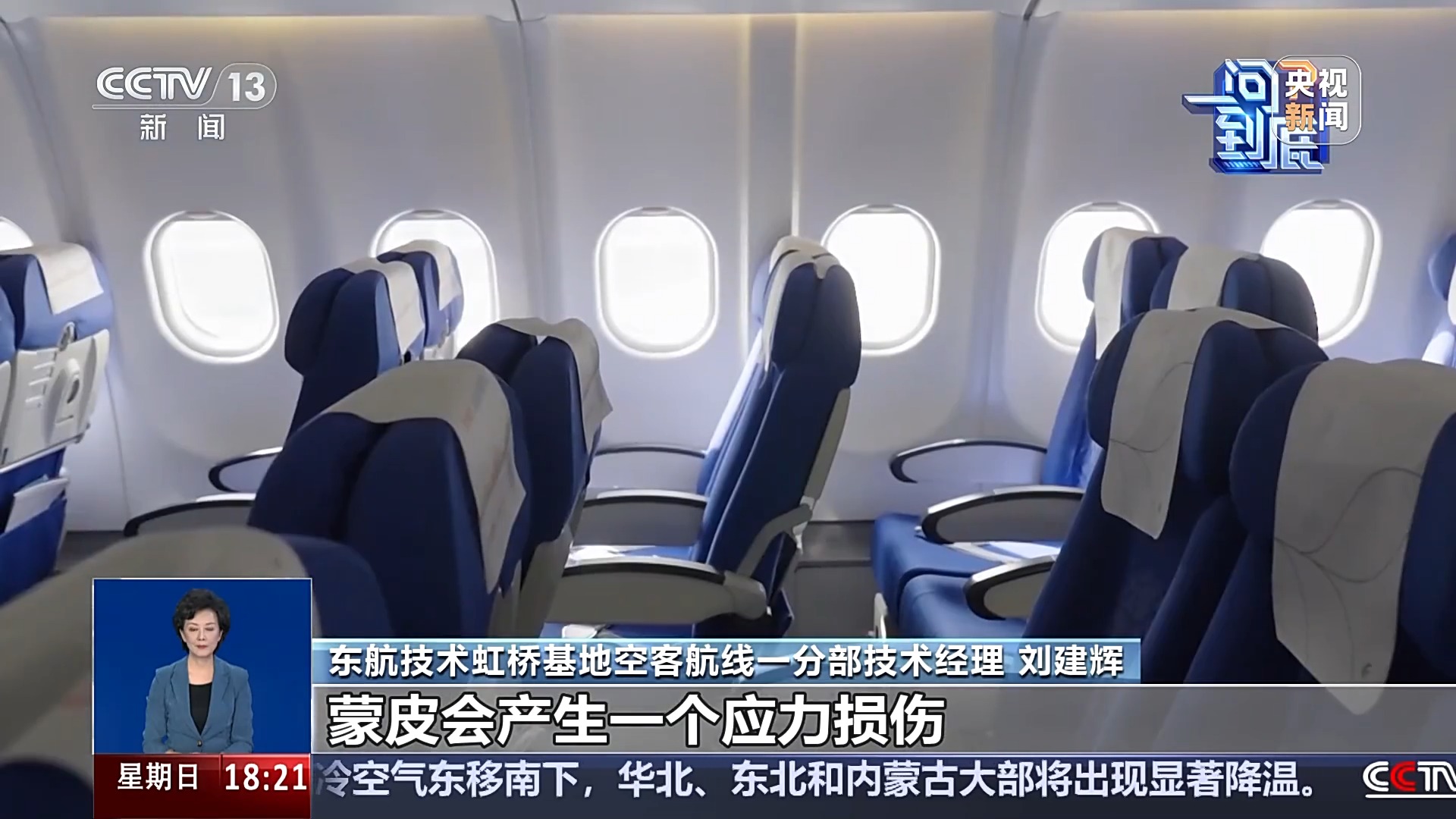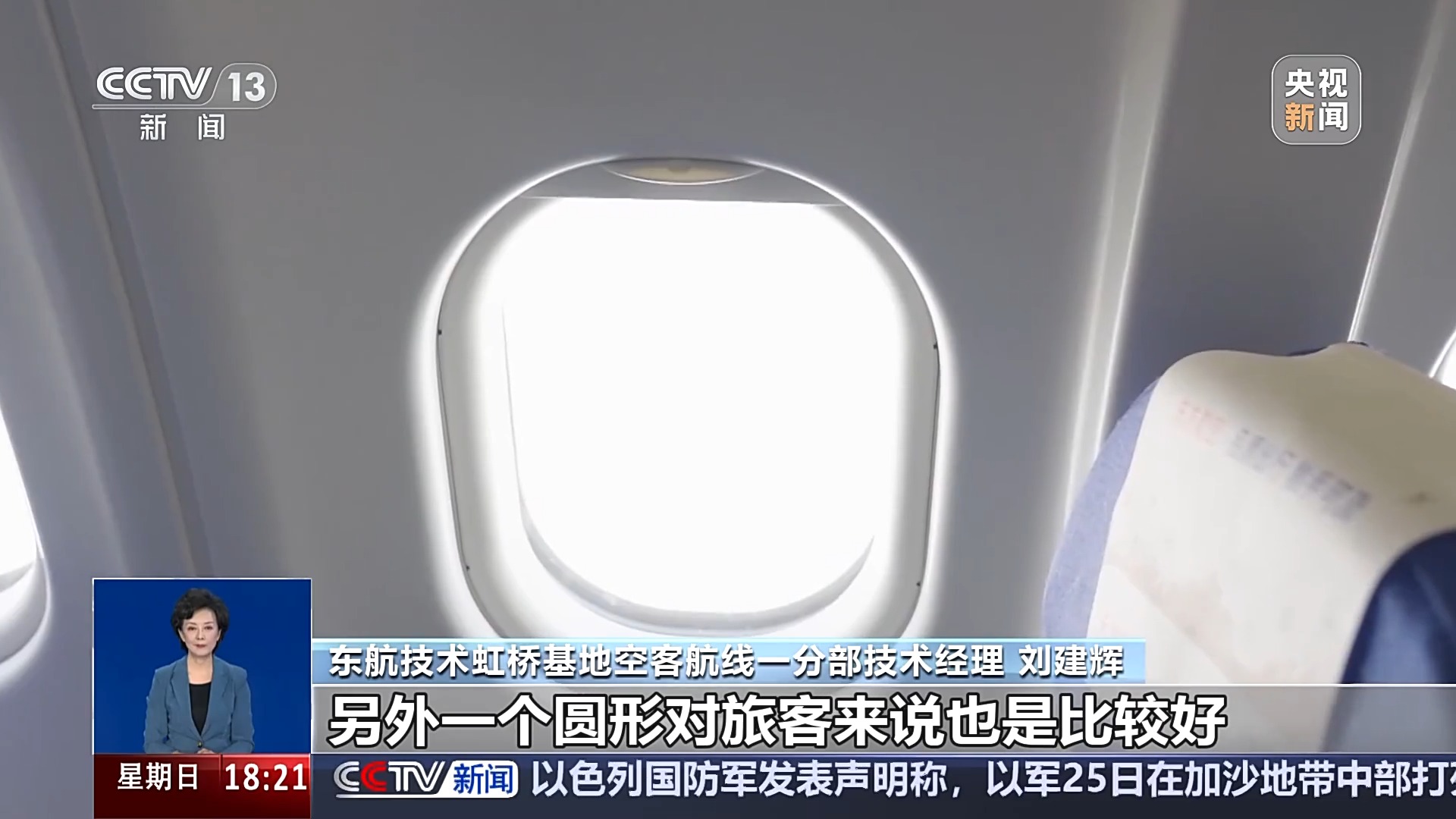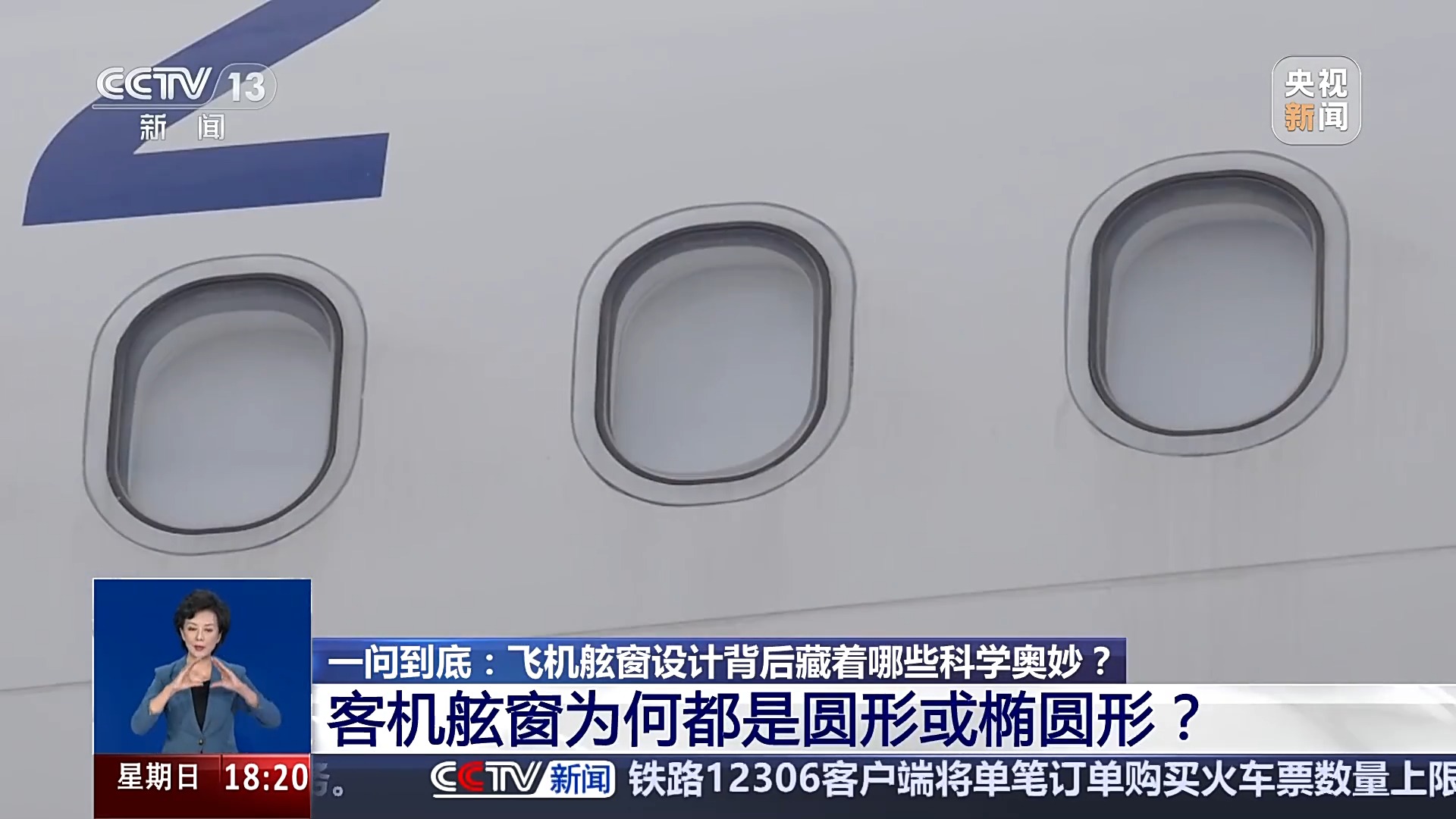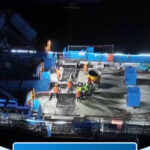Why Do Aircraft Windows Have Small Holes? Why Are They All Round or Oval? Expert Explanation
Many passengers prefer window seats when flying to enjoy the aerial views. When you gaze at the sea of clouds outside, have you noticed that aircraft windows are mostly designed in round or oval shapes? Why are windows designed this way? There’s also a tiny pinhole-sized opening on the aircraft window – what is its purpose? What scientific designs are hidden behind these small aircraft windows?
Why Are Passenger Aircraft Windows Round or Oval?
As mentioned earlier, modern passenger aircraft windows are all round or oval. It’s understood that early passenger aircraft actually used traditional square windows. So why was the shape changed?
The shape of passenger aircraft windows wasn’t always round or oval as it is today. Early jet airliners, such as the British “Comet” and Boeing 707 models, used traditional square windows. However, years of flight verification and investigation revealed that the corners of these square windows posed significant safety risks.

With square shapes, the four corners become critical stress concentration points. When there’s excessive pressure difference between inside and outside, turbulence, or other external forces, stress concentrates at the corners. This can cause stress damage to the skin, which over time may lead to gradual damage, air leakage, or structural component failure.

Round or oval designs allow pressure to distribute evenly along smooth curves across the entire fuselage, perfectly solving the stress concentration problem. While ensuring structural safety, this design also provides passengers with a larger vertical field of view.

With round shapes, pressure is distributed and the design is safe, maximizing the reduction of load pressure on the skin. Additionally, round windows are better for passengers, providing a curved, wider viewing angle. This is why all later aircraft were changed to round windows.
Why Is There a “Small Hole” in Aircraft Windows?
Besides the shape, observant passengers might notice a tiny pinhole-sized opening in the window glass. According to common sense, structures with holes typically have reduced strength and





